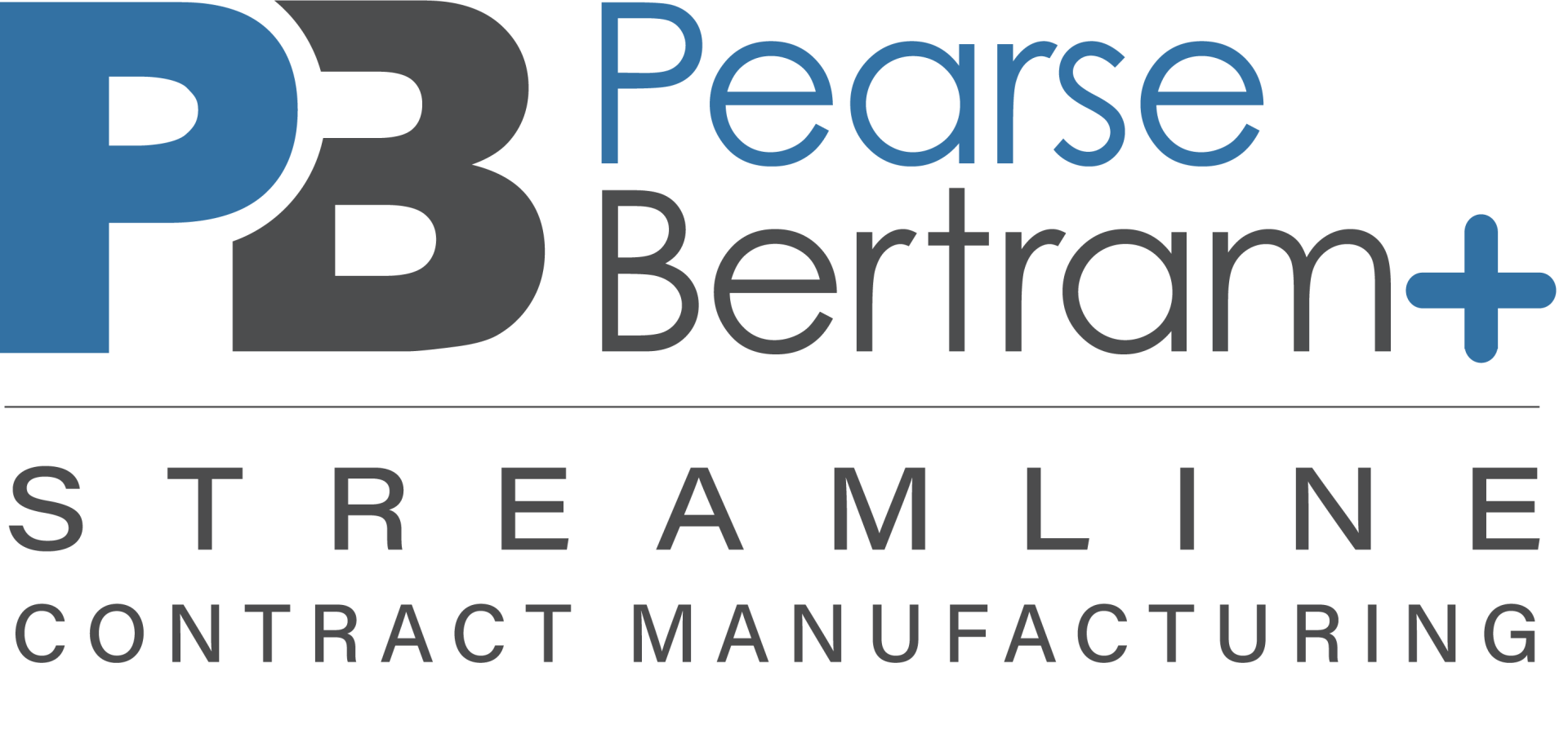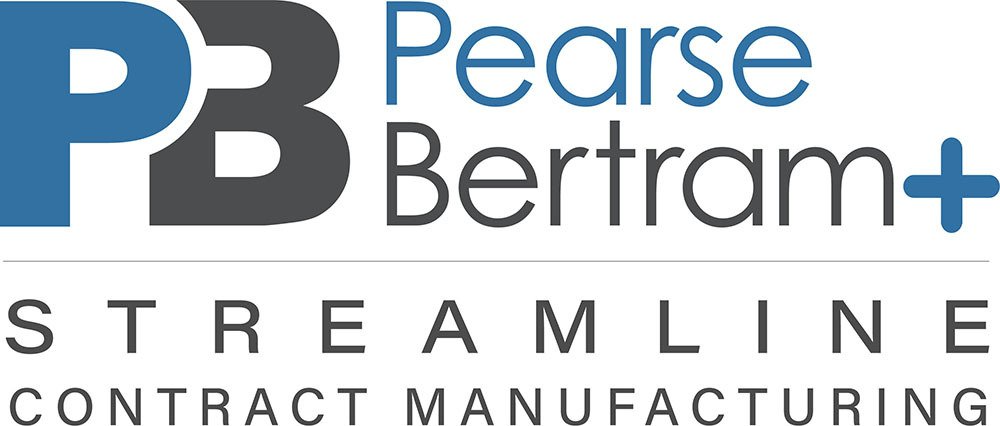Reduce Total Cost of Ownership with Contract Manufacturing
Highlights:
- Total cost of ownership (TCO) is a key metric that enables manufacturers to make more informed strategic decisions.
- TCO consists of direct and indirect costs as well as risk factors.
- Calculate TCO with an easy-to-use formula.
- Contract manufacturing services can help manufacturers lower their TCO, increase their bottom line, and gain a significant edge over competitors.
When buying new equipment, most organizations focus on the initial cost. But the price tag represents just a fraction of the total expense. To get the complete picture, organizations must consider the total cost of ownership (TCO).
In this article, we will define TCO, how it is calculated, and how contract manufacturing can lower your TCO.
What is total cost of ownership?
Total cost of ownership is a measurement of the total amount of money spent on acquiring an asset. TCO involves evaluating both the direct costs of the purchase as well as the indirect costs associated with acquiring, owning, and operating the equipment. By incorporating TCO into the decision-making process, organizations can make decisions that better align with their overall business objectives.
Direct and hidden costs of manufacturing
Direct costs are those expenses that are connected to an identifiable “cost object.” They are easy to track and can be used to accurately estimate costs as part of the product development process.
Some examples of direct costs include:
- Engineering fees
- Labor
- Materials
- Scrap and rework
- Maintenance and repairs
- Compliance
Hidden or indirect costs are difficult to account for and are not connected to an identifiable “cost object.” In manufacturing, these costs are not directly assignable to the end product and/or acquisition of manufacturing equipment, and are commonly omitted from the decision-making process. Even when included in the decision process, these costs are often miscalculated, resulting in less than optimal decisions.
Some examples of indirect costs include:
- Technology management
- Supply chain management
- Operations (i.e., loss of focus on core competencies)
- Real estate expenses
- Taxes
- Labor costs not associated with a manufacturing process (i.e., janitorial services)
Risk factors
Risk factors are a critically important metric that are often overlooked. OEMs may face significant risks due to a lack of supporting infrastructure and established processes. For example, small or highly specialized OEMs are unlikely to have the resources to hire in-house compliance experts, potentially exposing themselves to legal or regulatory challenges.
The COVID-19 pandemic has demonstrated to manufacturers how devastating these risks can be. For example, supply chain interruptions, fluctuations in demand, and new safety regulations have hindered production. Many manufacturers have turned to contract manufacturing services to minimize their exposure while overcoming these challenges with a safe and scalable alternative.
Calculating TCO
The following TCO formula can be used to calculate the direct and indirect costs of acquiring or manufacturing equipment. (Since risk factors are highly speculative, they are not included in the formula)
TCO = I + O + M + D + P + R
- “I” - Initial cost of the equipment.
- “O” - Cost of operating the equipment.
- “M” - Cost of maintenance, including routine repairs and reactive maintenance when equipment breaks down.
- “D” - Downtime, and costs unrelated to repairing the equipment such as lost productivity, customers and opportunities to take on new projects.
- “P” – Costs of production including indirect costs associated with the production process (i.e., environmental implications).
- “R” Remaining value of the equipment or expected depreciation over a fixed period.
If the TCO formula seems too complicated and you just want a quick ballpark estimate, simply add the initial and maintenance costs, then subtract the remaining value from the total (TCO = I + M – R). For example, if the price of a machine is $25,000 with estimated maintenance costs of $10,000 and a remaining value of $7,000 after 5 years, the total cost of ownership is $28,000.
Reducing TCO with contract manufacturing services
Many OEMs who are unfamiliar with TCO would be surprised to learn how much they are actually spending. After considering direct and indirect costs and risk factors, the long-term feasibility and efficiency of maintaining manufacturing operations in-house may be dubious at best.
Organizations that have made the switch to contract manufacturing experience the following benefits:
- Reduced risk exposure
- A reputable contract manufacturer with established supply chains can help organizations overcome unforeseen events (i.e., COVID-19). They have the resources to ensure labor availability and manage compliance issues. Moreover, with contract manufacturing, OEMs can quickly scale up or down to meet fluctuating consumer demand.
- Cost-savings - Manufacturers who rely on contract manufacturing services experience significant cost-savings, including in the following areas:
- Technology management. Leveraging the contract manufacturer’s technology and infrastructure.
- Sourcing. Instead of paying teams to source countless parts from potentially dozens of vendors, the contract manufacturer obtains all required components from reliable vendors, typically at lower prices.
- Shipping and receiving. Eliminating costly receiving processes through part number consolidation by enabling the contract manufacturer to handle everything from development to delivery.
- Human resources. Eliminating costly onboarding and training processes, and costs associated with managing large teams.
- Engineering. Leveraging the contract manufacturer’s engineering teams to cut costs and gain a competitive edge with value engineering services.
- Real estate. Reducing or eliminating the need for large facilities, thereby minimizing finance costs and taxes.
- Optimal resource allocation and utilization
- With contract manufacturing, manufacturers can allocate resources towards their core competencies, maximizing their ROI and scaling their businesses by taking advantage of other business opportunities.
Reduce your TCO with Pearse Bertram+ Streamline Contract Manufacturing
A company manufacturing starters for vintage motorcycles partnered with Pearse Bertram+ Streamline Contract Manufacturing who value engineered a low-cost model, built and shipped the product (costing roughly one-half of the original price tag) to the company’s customers.
Partnering with Pearse Bertram+ Streamline Contract Manufacturing allows you to overcome manufacturing challenges, focus on your core competencies and scale your business. We can help you lower your TCO, increase your bottom line and gain a significant competitive edge over competitors.




